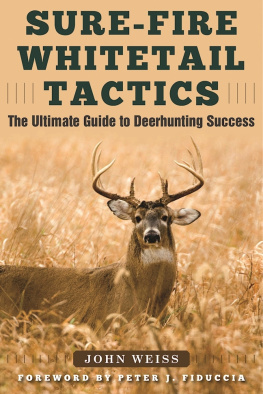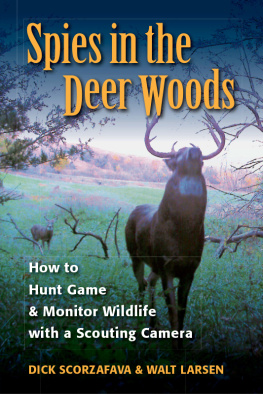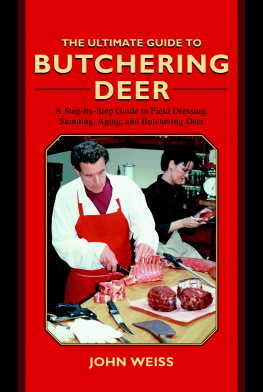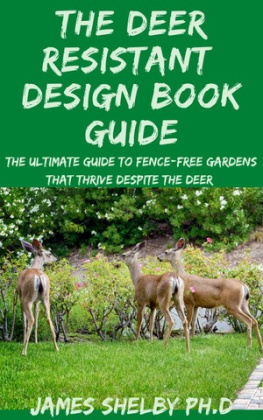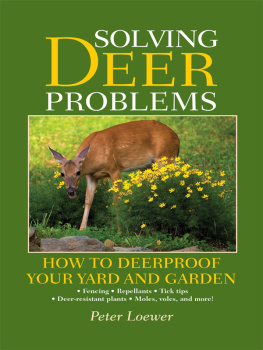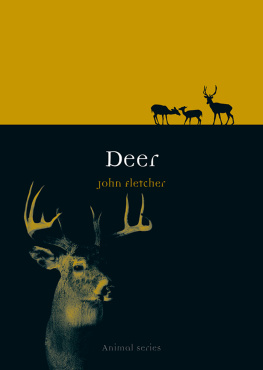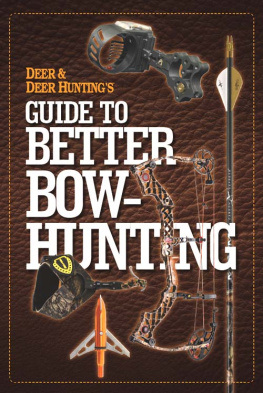Neil Soderstrom - Deer-Resistant Landscaping: Proven Advice and Strategies for Outwitting Deer and 20 Other Pesky Mammals
Here you can read online Neil Soderstrom - Deer-Resistant Landscaping: Proven Advice and Strategies for Outwitting Deer and 20 Other Pesky Mammals full text of the book (entire story) in english for free. Download pdf and epub, get meaning, cover and reviews about this ebook. genre: Romance novel. Description of the work, (preface) as well as reviews are available. Best literature library LitArk.com created for fans of good reading and offers a wide selection of genres:
Romance novel
Science fiction
Adventure
Detective
Science
History
Home and family
Prose
Art
Politics
Computer
Non-fiction
Religion
Business
Children
Humor
Choose a favorite category and find really read worthwhile books. Enjoy immersion in the world of imagination, feel the emotions of the characters or learn something new for yourself, make an fascinating discovery.
- Book:Deer-Resistant Landscaping: Proven Advice and Strategies for Outwitting Deer and 20 Other Pesky Mammals
- Author:
- Genre:
- Rating:4 / 5
- Favourites:Add to favourites
- Your mark:
Deer-Resistant Landscaping: Proven Advice and Strategies for Outwitting Deer and 20 Other Pesky Mammals: summary, description and annotation
We offer to read an annotation, description, summary or preface (depends on what the author of the book "Deer-Resistant Landscaping: Proven Advice and Strategies for Outwitting Deer and 20 Other Pesky Mammals" wrote himself). If you haven't found the necessary information about the book — write in the comments, we will try to find it.
The Most Comprehensive Guide Ever Published for Controlling Deer and Other Pesky Mammals
Every year, homeowners throughout North America battle deer and other animals that damage and devour their garden plants. Suburban sprawl has created an ideal habitat for wildlife: These properties offer open feeding areas that are free of natural predators, are off-limits to hunters, and provide bountiful menus of tasty landscape plants, shrubs, and trees. It is a far-reaching problem that needs effective solutions.
In this book youll discover many viable strategies to deter, scare away, and limit deer and other pests in your yard and garden. Author Neil Soderstrom interviewed wildlife authorities all over the United States and culled their advice and his own experiences in upstate New York into hundreds of control options and strategies for animal pests, ranging from home remedies and simple diversions to more elaborate methods, with a humane approach encouraged at all times. Youll learn which methods work and which methods dont work, and whyall based on scientific research, the experience of landscape and wildlife-control professionals, and the authors own richly anecdotal, photo-documented observations and testing.
This comprehensive guide includes: Each mammals behavior and function in its ecosystem and the type of damage it causes throughout the year, along with maps showing each species distribution in the United States and Canada Options for controlling 20 different garden pests with seasonally adjusted strategies, featuring repellents, frighteners, fencing, and traps Instructions on how to make effective homemade traps and fencing using repurposed tin cans, coat hangers, bike inner tubes, electrical conduit, buckets, drainpipes, and more Control tips from regional gardening and wildlife control experts coast to coast Encyclopedic coverage of more than 1,000 resistant plantsespecially those least likely to be browsed or destroyed by deer, based on scientific studies and a consensus of gardening authorities from all regions Stunning wildlife photography featuring deer and pest behaviors as well as do-it-yourself solutions, deterrents, and control products Discussion of live-trapping versus lethal trapping, relative to property damage, health risks, and state law Clues for identifying which culprits are at work, based on damage to plants, buildings, vehicles, and fencing, as well as tracks, scat, burrows, and nests
368 pagesPublished February 3rd 2009 by Rodale
About the AuthorNEIL SODERSTROM is a freelance author, editor, photographer, book producer, and author agent specializing in photo-illustrated articles and books for adults and kids. He has published countless articles in national magazines and his gardening photos regularly appear in books and magazines such as Horticulture, Fine Gardening, Country Living, Family Circle, and Mother Earth News. He lives in Wingdale, New York.
Neil Soderstrom: author's other books
Who wrote Deer-Resistant Landscaping: Proven Advice and Strategies for Outwitting Deer and 20 Other Pesky Mammals? Find out the surname, the name of the author of the book and a list of all author's works by series.


